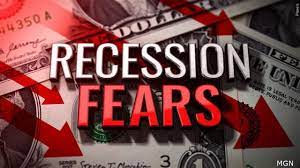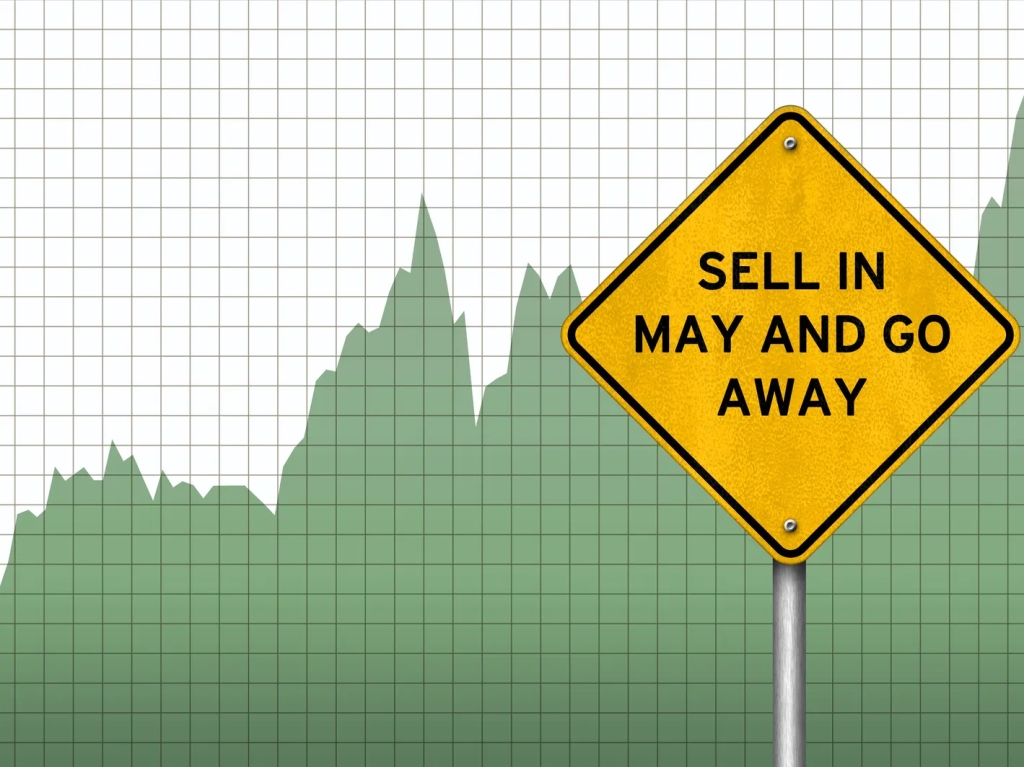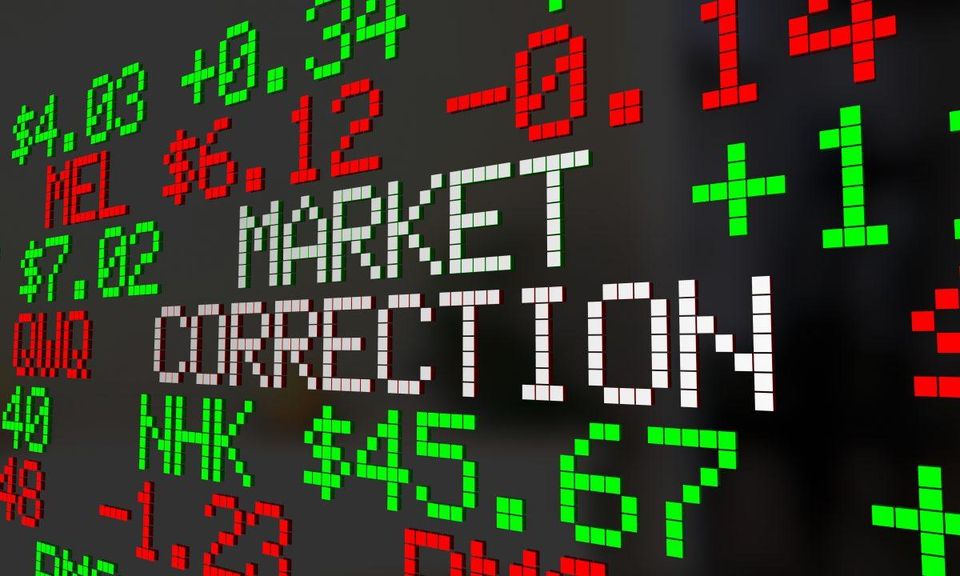Dear Mr. Market:
It is with a sense of awe and intrigue that we find ourselves reflecting upon the first half of 2023. In the world of finance and investment, prognostications and predictions often hold sway, shaping the decisions of market participants. However, it seems that the experts and pundits who were convinced of an impending recession this year may have misjudged the situation. Indeed, we are witnessing what could be deemed as the most telegraphed recession that never happened, at least not yet.
Throughout the past year, a chorus of voices emerged, proclaiming that the global economy was teetering on the edge of a precipice. They cited various factors, including rising inflation, geopolitical tensions, and lingering effects of the pandemic, as harbingers of an impending economic downturn. The warnings were dire, and many investors began bracing themselves for the storm.
Yet, as the months unfold, the predicted recession has remains elusive. Economic indicators have displayed some resilience and even showed signs of strength in certain sectors. Employment numbers continued to improve, consumer spending remained robust, and corporate earnings surprised to the upside. It became evident that the narrative of a looming recession is not unfolding as expected.
So why did so many experts and pundits get it wrong? One could argue that the very nature of predictions is inherently flawed. The global economy is a complex system influenced by countless variables, and attempting to distill its trajectory into a neat forecast is a formidable challenge. The interconnectedness of markets, the intricate dance of supply and demand, and the psychological aspects of investor sentiment all contribute to the unpredictability of the economic landscape.
Continue reading










